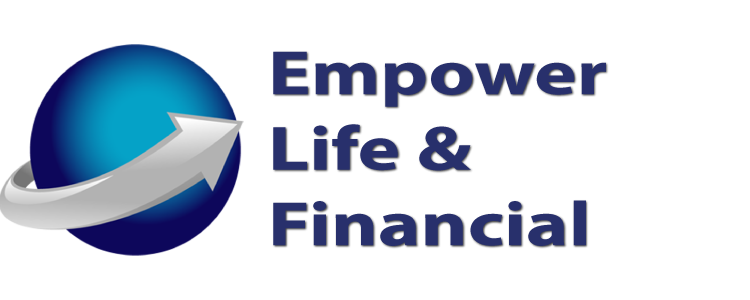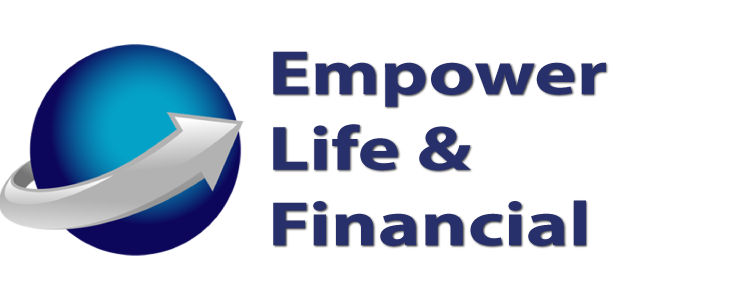Personal Finance and Consumer Debt
When it comes to personal finance and consumer debt, most of us are guilty of overspending and not budgeting properly. Working on your debt and your finances should be a top priority. Most Americans have some type of consumer debt. Whether it’s student loan, credit card debt or even an auto loan.
How should I start paying down my debt?
There are two main options to choose from here. The first is paying down the smallest cards first. That way you have more money to put towards your higher balance cards. The second option is by paying off your highest interest rate card first. However often times that card could have the largest balance on it. The way I like to pay off my credit cards is by putting all my money (minus the minimum payment of my other cards) towards one of my cards. Usually the highest balance cards. For example, I have a card with a 25% interest rate, a 22% interest rate, and an 18% interest rate. I like to pay off the 25%, then 22% then 18% that way I can lower my overall interest payments.
How do I tackle my student loans?
 There are a few ways you can tackle these student loans. You should always be paying the minimum payment from the time the grace period ends to keep your account in good standing. However, paying the minimum payment will not get your student loans out from under you for quite some time, if ever. So you’ll need to start finding ways to pay more. Option 1 – Pay off your high-interest credit cards, then move on to your student loans, throw everything you can at them. Option 2 – Pay the minimum of your student loans, open some type of mutual fund and throw any discretionary income you can at the mutual fund and watch it grow. When you have a decent amount of cash value, say $25k over 5 years, you can borrow against the policy and pay a big chunk of that loan off. Then rinse and repeat until the loans are gone. Now you do have to pay back that account, but those come in forms of your monthly contribution. Some of the next money goes back to pay back the cash value and the rest goes into creating more cash value for the future. Keeping the account open as a retirement plan for your future. In the end, paying back, consumer debt is different for everyone. Do your research and find out what the best option is for you.
There are a few ways you can tackle these student loans. You should always be paying the minimum payment from the time the grace period ends to keep your account in good standing. However, paying the minimum payment will not get your student loans out from under you for quite some time, if ever. So you’ll need to start finding ways to pay more. Option 1 – Pay off your high-interest credit cards, then move on to your student loans, throw everything you can at them. Option 2 – Pay the minimum of your student loans, open some type of mutual fund and throw any discretionary income you can at the mutual fund and watch it grow. When you have a decent amount of cash value, say $25k over 5 years, you can borrow against the policy and pay a big chunk of that loan off. Then rinse and repeat until the loans are gone. Now you do have to pay back that account, but those come in forms of your monthly contribution. Some of the next money goes back to pay back the cash value and the rest goes into creating more cash value for the future. Keeping the account open as a retirement plan for your future. In the end, paying back, consumer debt is different for everyone. Do your research and find out what the best option is for you.

